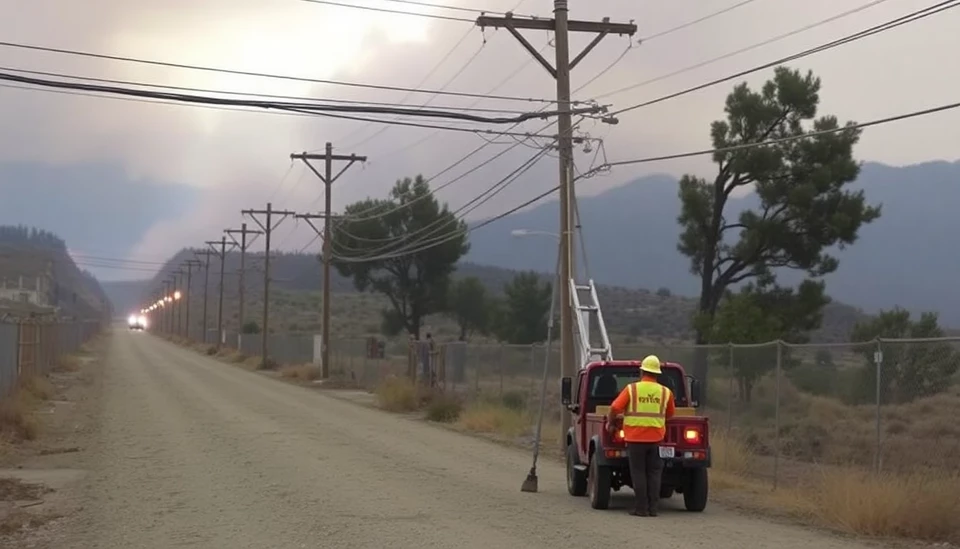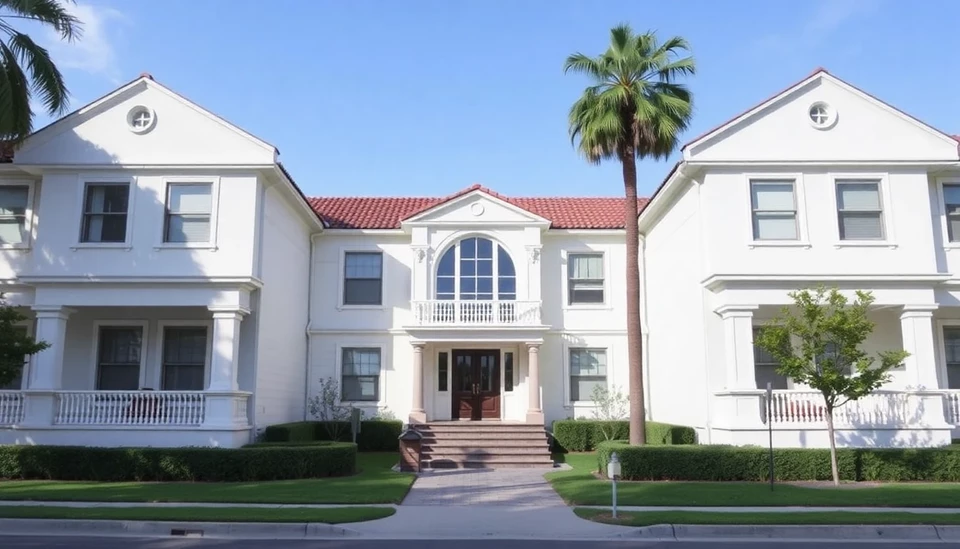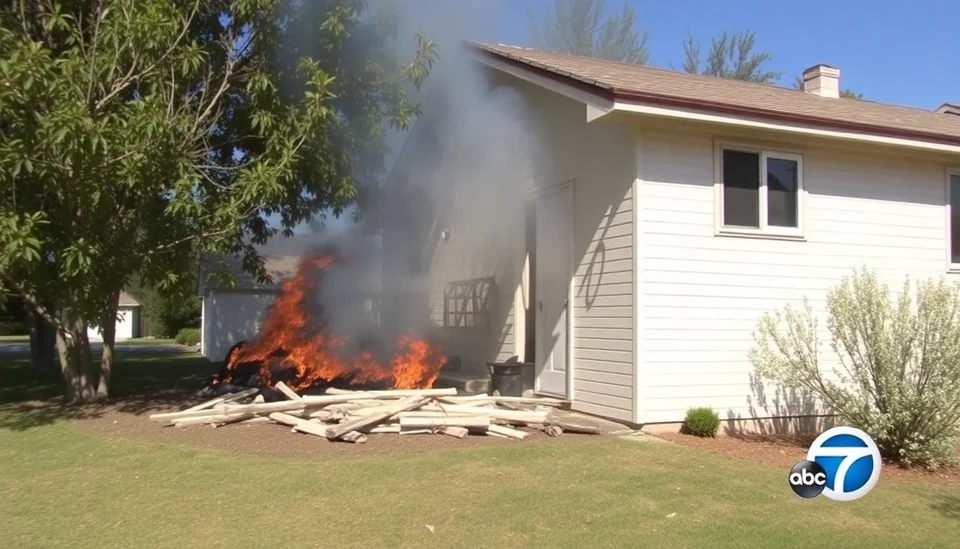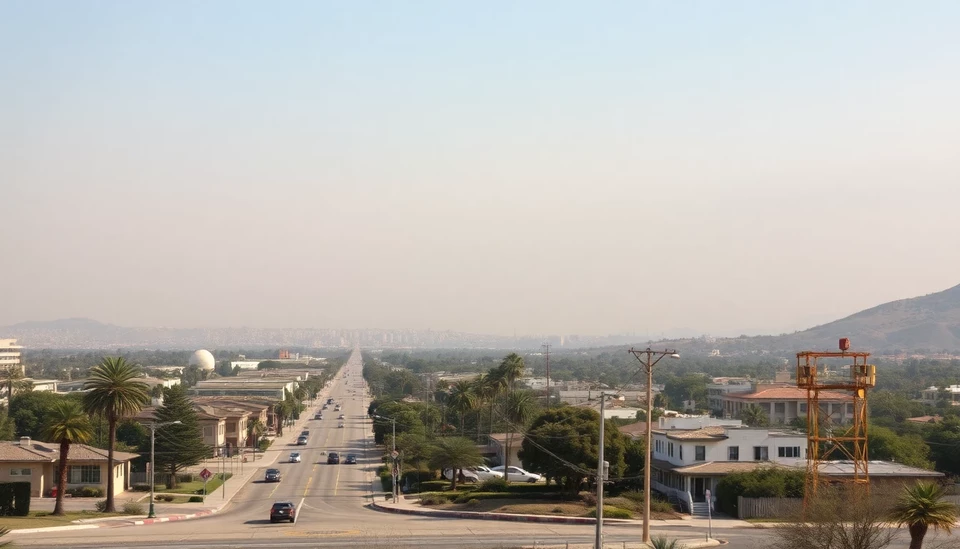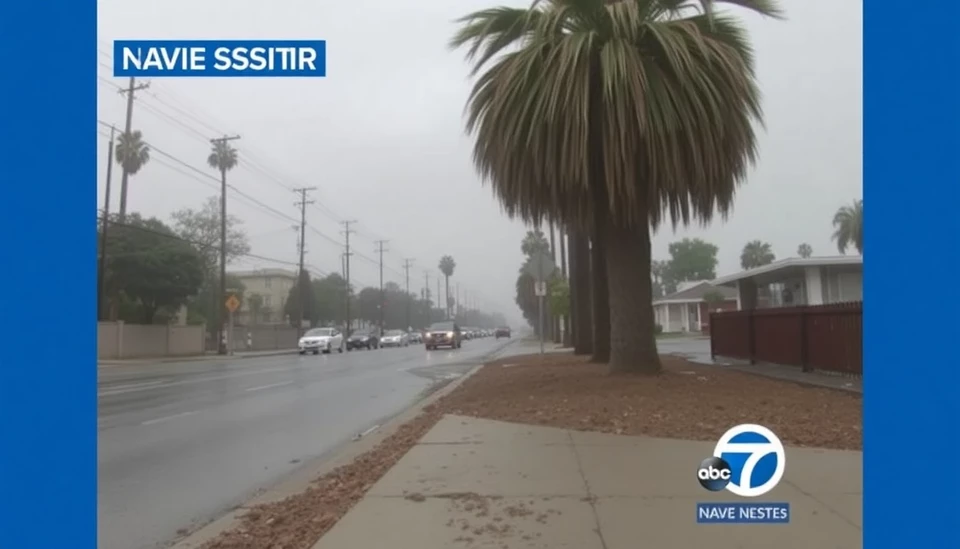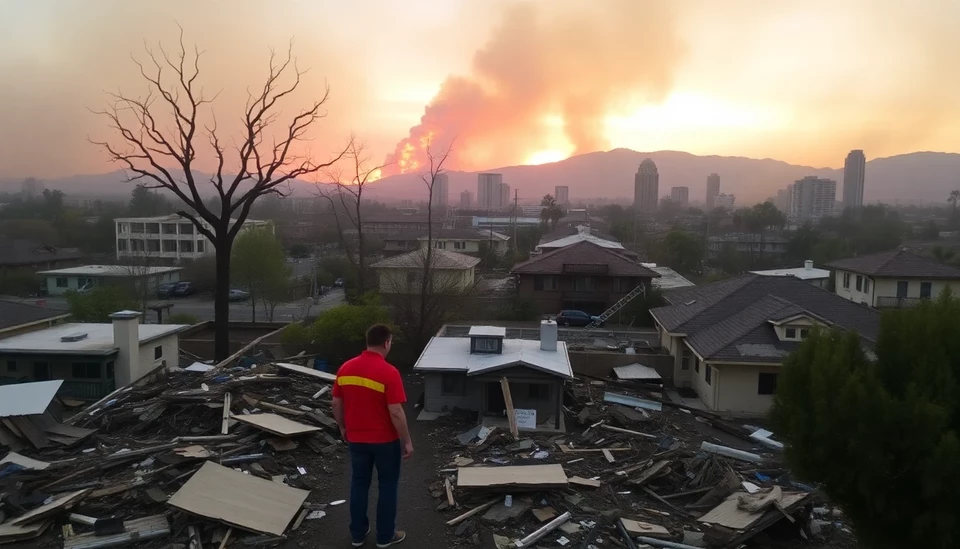
As the aftermath of devastating wildfires continues to unfold in Los Angeles, banks are now faced with a daunting challenge regarding jumbo loans—those hefty mortgage products often used to finance luxury homes. The fires, which ravaged thousands of properties, have left financial institutions reassessing their exposure and risk management strategies in the wake of enormous property losses.
The recent blaze that tore through upscale neighborhoods, destroying multi-million dollar mansions, has prompted banks and investors to rethink the financial implications of lending practices that previously catered to California's affluent real estate market. With properties worth millions reduced to ashes, financial institutions are confronted with considerable losses, raising questions around the viability of jumbo loans in disaster-prone areas.
This situation is precarious for banks that provided jumbo loans often exceeding $1 million, as they now face a future where property values in some of these regions may plummet in response to the natural disasters and the consequent insurance challenges. Critics argue that the financial sector has been slow to adequately assess the increasing risks associated with climate change and its impact on real estate.
Various experts in the field are now pointing to the need for banks to actively reconsider their financing models and risk assessments. They argue that given the growing frequency of wildfires and other climate-related disasters, understanding the potential volatility of housing markets is crucial. Many affluent homeowners may find themselves confronted with rising insurance premiums or, in worse cases, the lack of coverage altogether for properties located in high-risk zones.
In the wake of the recent fires, some banks are reportedly tightening their lending standards. This has been observed through the implementation of stricter underwriting requirements for homebuyers seeking jumbo loans, thereby making it more challenging to secure financing for properties in areas that have previously suffered significant fire damage.
Additionally, with the increasing awareness of climate-related risks, property appraisals are undergoing more stringent evaluations. Homes near previously impacted areas are expected to see a decline in appraised values, severely affecting the homeowner's equity and financial flexibility in case of necessity to refinance or sell the property.
While some experts believe these measures are necessary for sustainable lending, others caution against overreacting, insisting that the luxury market in places like Los Angeles has historically demonstrated resilience. Still, it's clear that a shifting tide is approaching in the lending landscape, particularly for jumbo loans.
As the banks recalibrate their strategies in light of this evolving scenario, it becomes imperative for homeowners and prospective buyers in affected areas to remain informed and be proactive in their financial planning. Understanding the new landscape of lending and homeownership in disaster-prone regions is more critical now than ever.
The recent catastrophic events have revealed the fragile link between climate change, housing, and finance. As this intertwining relationship continues to unfold, it remains to be seen how banks will adapt their lending practices to safeguard their interests while also supporting homeowners who are facing new challenges.
#LosAngeles #Wildfires #JumboLoans #Finance #Banking #RealEstate #ClimateChange #HomeOwners #LuxuryMarket
Author: John Harris
